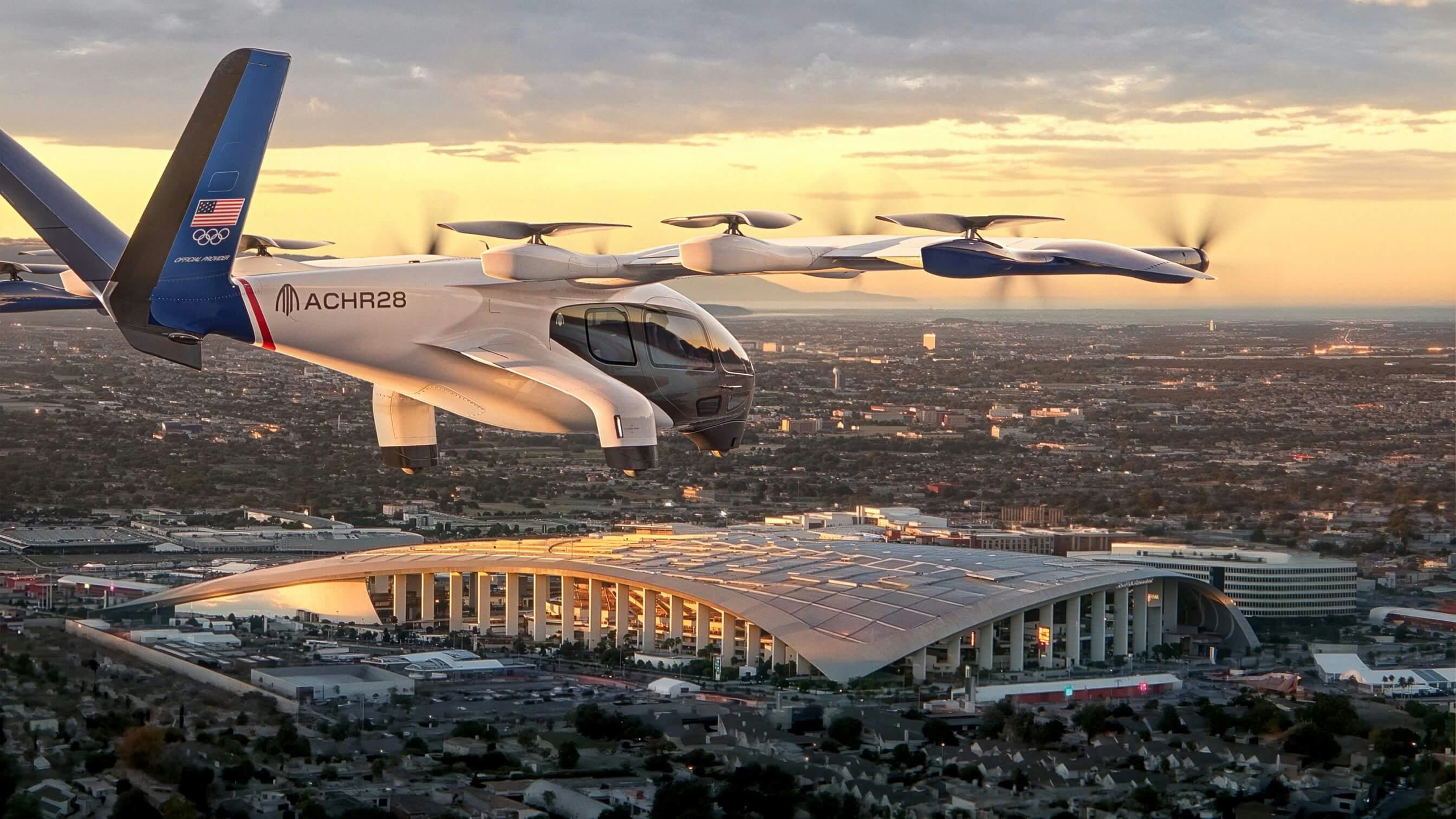
AeroGenie — ваш интеллектуальный второй пилот.
В тренде
Categories
Avion Express Philippines Granted Temporary Operating Permit
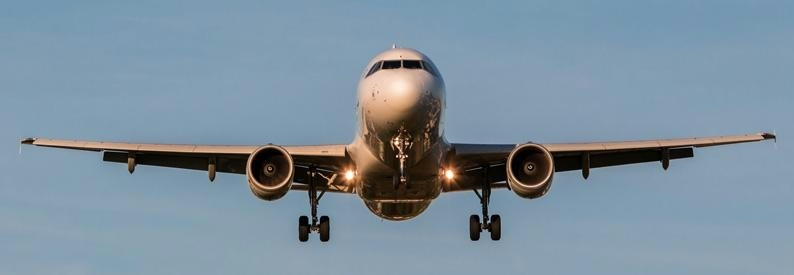
Avion Express Philippines Granted Temporary Operating Permit
Avion Express Philippines has taken a crucial step toward its planned launch in November 2025 by securing a temporary operating permit from the Civil Aeronautics Board (CAB). The airline, a subsidiary of Avia Solutions Group, plans to introduce its first Airbus A320-200 prior to the official launch, with two additional aircraft of the same model expected to join the fleet by June 2026. All operations will be based at Clark International Airport in Angeles City, focusing primarily on ACMI (Aircraft, Crew, Maintenance, and Insurance) services.
Regulatory Milestones and Operational Challenges
While the temporary permit enables Avion Express Philippines to advance its preparations, the airline must still obtain a permanent certificate of public convenience and necessity from the CAB, as well as an air operator's certificate (AOC) from the Civil Aviation Authority of the Philippines (CAAP) before commencing full operations. These regulatory approvals represent significant hurdles, as compliance is critical to establishing a sustainable presence in the Philippine aviation market.
Market Context and Competitive Landscape
The entry of Avion Express Philippines occurs amid intensifying competition within the Philippine aviation sector. Established carriers are expected to closely monitor the new entrant and may respond with strategic initiatives such as expanding route networks or enhancing service offerings to maintain their market share. The airline’s success will largely depend on its operational efficiency and its ability to differentiate itself in a competitive environment.
Avia Solutions Group’s Regional Expansion Strategy
Avia Solutions Group is actively expanding its footprint across Southeast Asia and the Pacific to counteract the seasonal fluctuations experienced by its European-based carriers. Recent initiatives include the launch of BBN Airlines Indonesia, the acquisition and rebranding of Australia’s Skytrans as SmartLynx Australia, and ongoing certification processes for Thai SmartLynx Airlines and Ascend Airways Malaysia, alongside the Philippine operation. Concurrently, the group is extending its presence in the Americas through Avion Express Brasil and the newly announced Avion Express Mexico.
As Avion Express Philippines approaches its operational debut, industry observers will be attentive to how the airline manages regulatory requirements and competitive pressures, as well as the broader market’s response to its entry.

FAA Extends Engine Pylon Airworthiness Directive to DC-10

Why United Airlines Continues to Use the Boeing 777-300ER in 2025

Dubai Airshow 2025: Key Aircraft and Conference Highlights
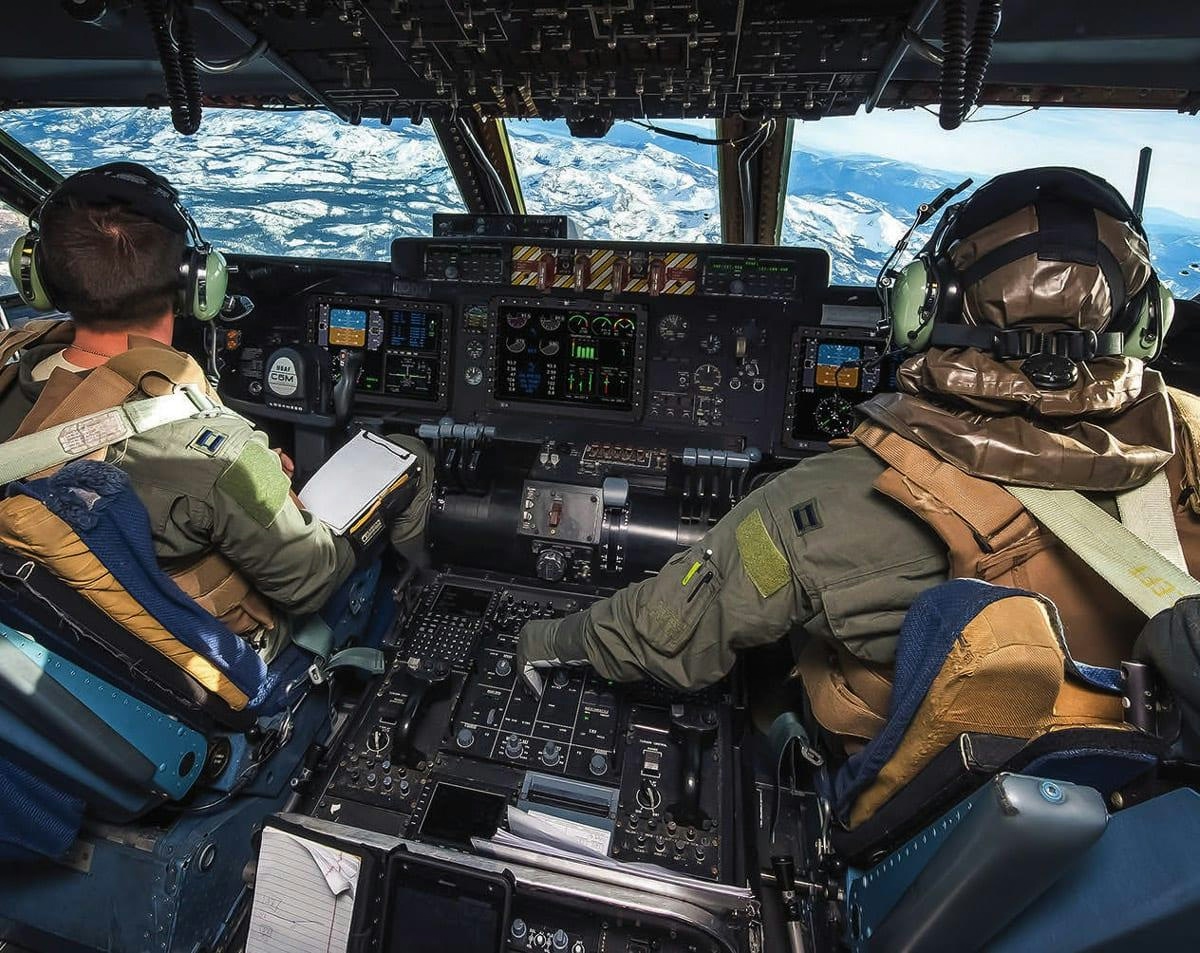
Defense Aviation Adopts Commercial Innovations
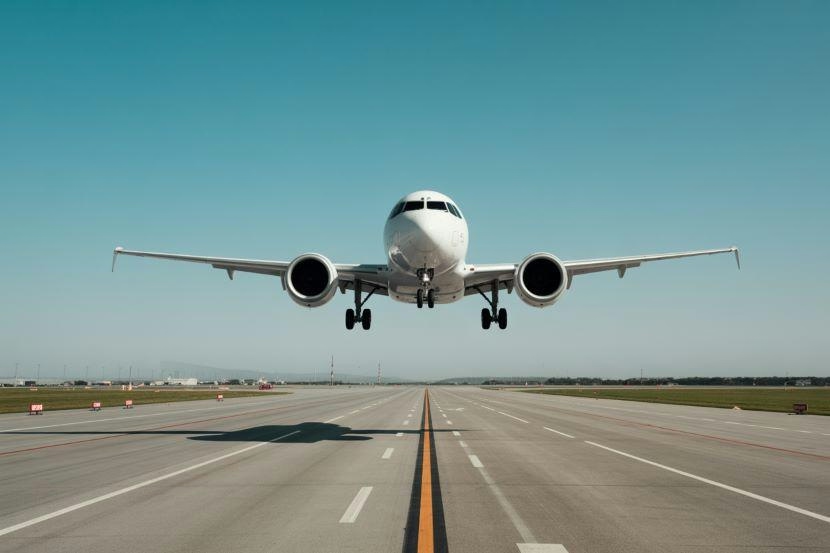
MedAire’s Alert Platform Enhances SolitAir’s Role in Aviation Security Innovation
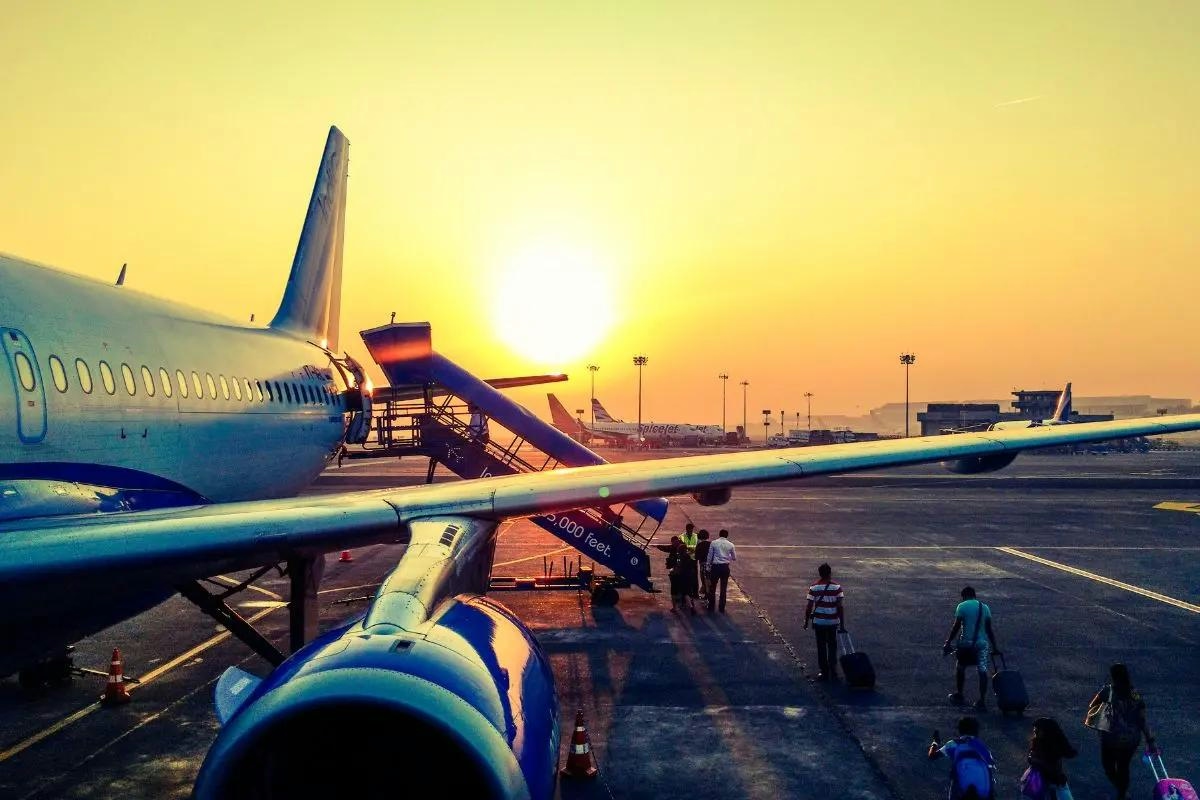
India Faces Shortage of 30,000 Pilots Amid Growing Fleet, Aviation Minister Calls for Urgent Training
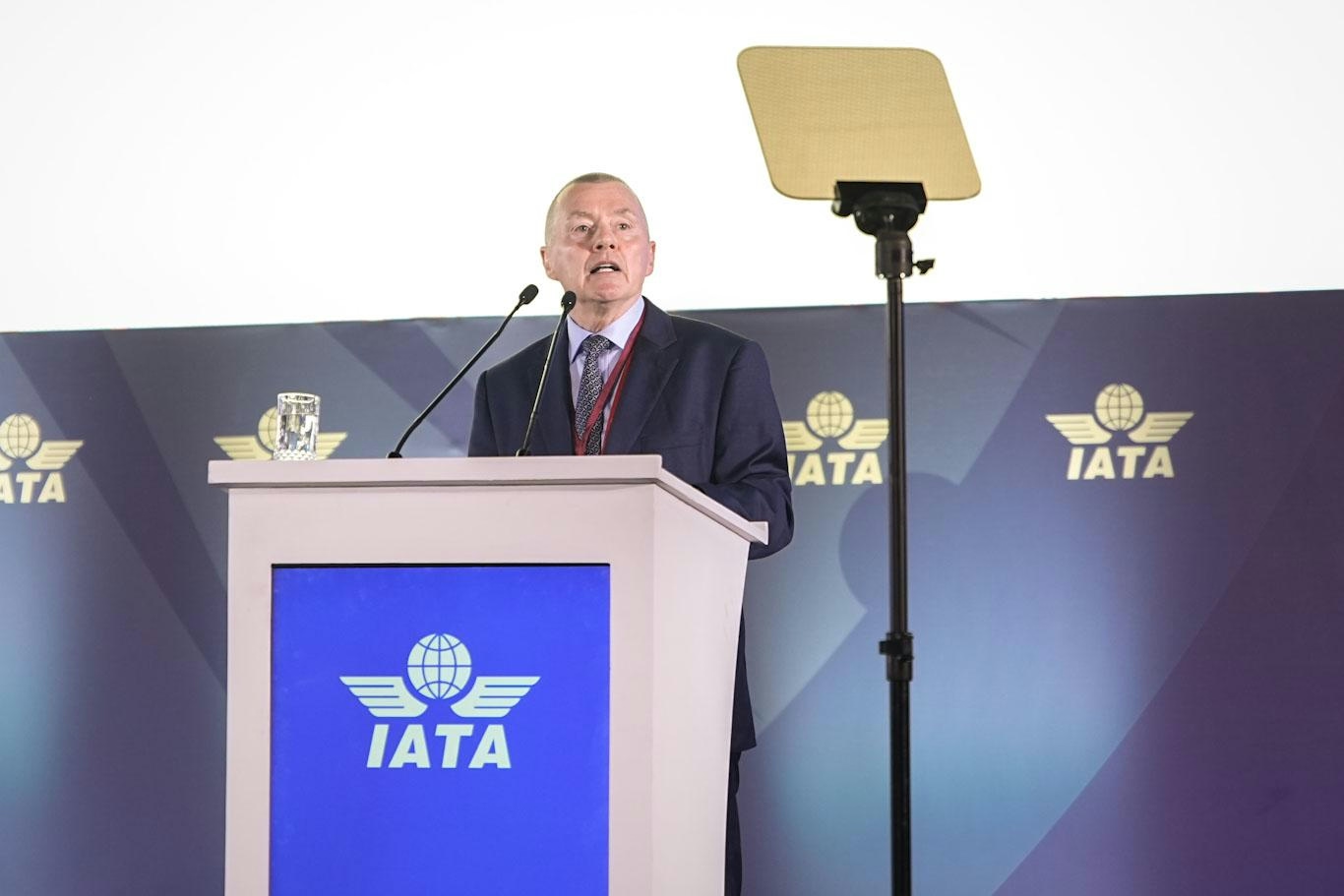
IATA Chief Calls for Fair Compensation for Airlines Amid Supply Chain Challenges

AAI Unveils Pavilion Highlighting India’s Aviation Advances at IITF 2025
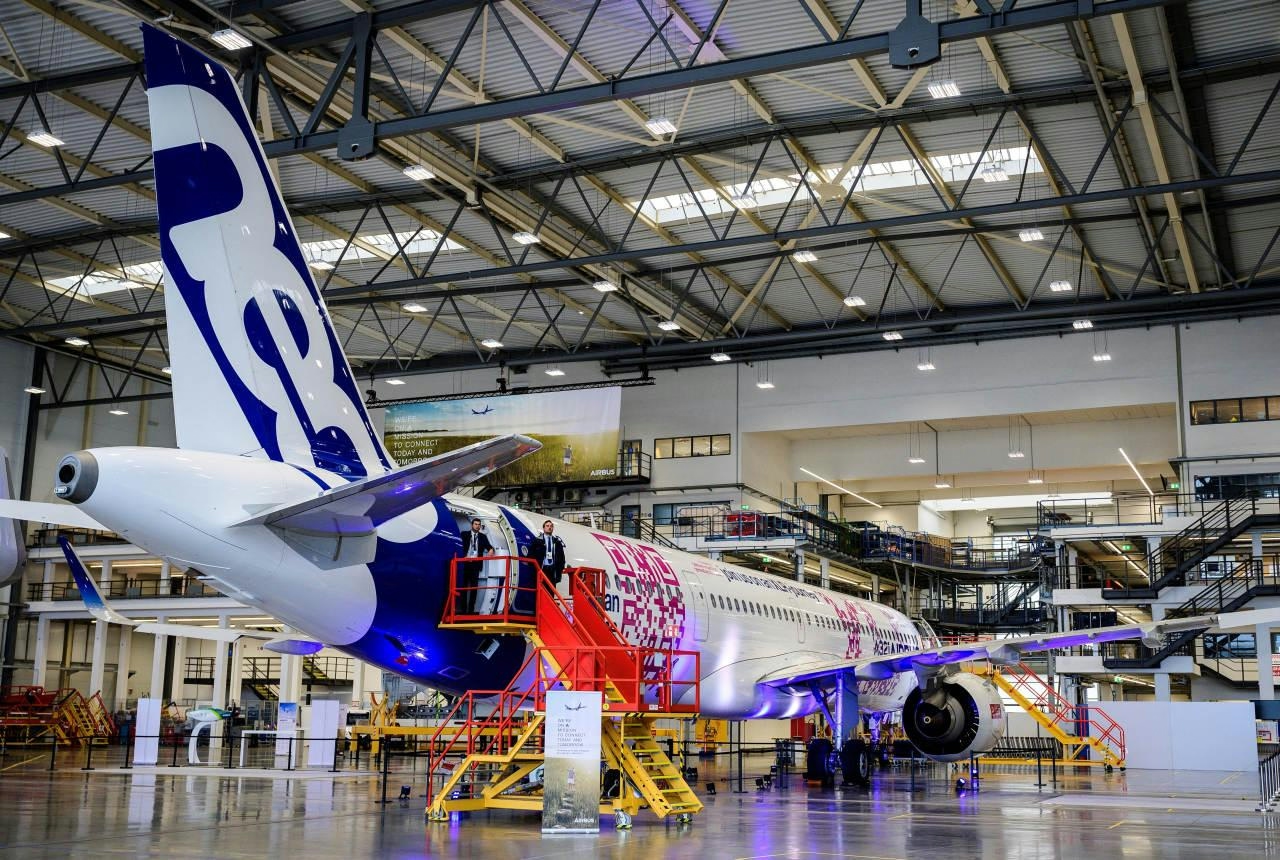
Airbus Projects Asia-Pacific Will Need Nearly 20,000 New Planes Over 20 Years
